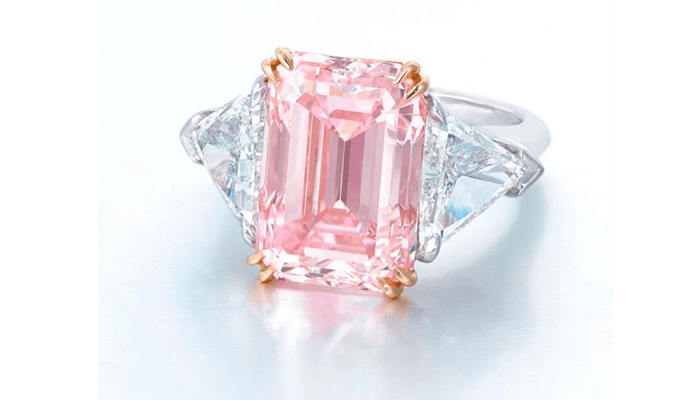GSI certification institute can be titled “a hype man” in the diamond industry. This grading laboratory appeared recently and became famous rapidly. As each celebrity, it pays its price for this — the institute inevitably depends on the audience's excitement to keep issuing grading reports.
The secret behind GSI sparkling performance is simple. The grading institute has initially started working with influential retailers. Diamond jewelry chains like Kay, Zales, and Jared prefer ordering GSI reports. These diamond dealers fancy GSI certification for fast delivery and customer care.
The package of offerings from the GSI grading institute is typical. It includes diamond identification, grading, and appraisal. And everything would be great if diamond certification was about making diamond sellers happy. But the idea is to do an unbiased research that validates diamond color, clarity, carat weight, and cut.
Diamond certification is not about making a retailer the best proposal ever! But that's what GSI grading specialists do quite often.
We could stop this article here, but that would sound as an insubstantial accusation. So, please continue reading to get more details about GSI grading.

To assess the structure and quality, GSI certification experts use common measurement scales. The typical structure of the GSI certificate contains the following parts:
Always check the presence of a report number! That will be the key reference point for GSI certification institute. This part in the GSI certificate allows requesting any further actions. With it, you can ask for annual cleaning or selling your diamond as an investment asset.
For grading carat weight in its reports, GSI uses a standard method of deliberation with scanning. To understand this part in the diamond certificate, transfer carat measurement scale to grams: 1 carat equals 0.2 grams.
To determine cut quality, GSI uses the scale that contains 6 grading criteria: Ideal, Excellent, Very good, Good, Fair, and Poor. These grades determine the form of your diamond and the mastery of its facetting.
Measuring proportions is crucial for setting the grade for the diamond cut in the GSI report. And so, the accuracy of these parameters has a tremendous impact on the final price of a diamond.
In contrast to diamond cut, diamond clarity can be checked by a diamond buyer being eye-clean is its quality standard. Notwithstanding this, GIA and GSI evaluate the clarity grade differently, which results in inadequate pricing policy from GSI.
For diamond color evaluation, GSI hasn’t invented any unique scale. Like GIA, it prescribes a colorless diamond a letter from D to Z (where D is the purest color and Z means having visible yellow or brown tints). At the same time, the accuracy of a prescribed grade has nothing similar to GIA standards. An unobservant spectator won’t notice the difference but the laboratory results from GIA for the same diamond will unravel the inconsistency of grading demonstrated by HRD (The same problem applies to HRD and EGL, by the way).
For GSI certification, setting a couple of grades up in favor of diamond dealers is a common practice.

When you receive a GSI diamond, it’s hard to identify all the flaws we’ve mentioned here in this stone at first glance. However, most specialists in diamond certification rely on laboratory tests and advise diamond buyers not to trust GSI certificates. The main problems with its reports are (a) potential manipulations in upgrading, (b) serving the interests of diamond retailers, and (c) low reputation in objective diamond certification.
Diamond Registry experts do not recommend taking GSI certification. Even though the report presence is always a must, the certificates from this diamond grading institute are generally not reliable.
This article expresses our subjective opinion based on experience and research. Readers are encouraged to do their own research to verify information.

